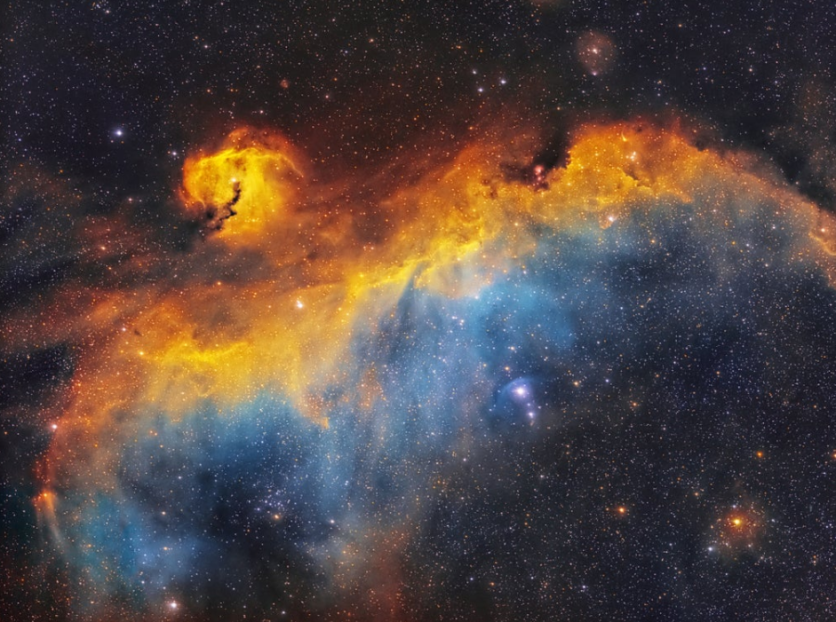
On the faithful day of April 10, 2019, the Event Horizon Telescope, or simply known as the EHT team of radio astronomers were able to take a picture and catch a glimpse of as something they refer to as the "gates of hell and the end of spacetime." Ever since then, the iconic image of the M87 Galaxy's black hole captured light from the entire universe that wrapped itself around an object in a nested series of rings.

What They Discovered About M87
Peter Galison who hails from Harvard and also and EHT collaborator said, "As we peer into these rings, we are looking at light from all over the visible universe, we are seeing farther and farther into the past, a movie, so to speak, of the history of the visible universe."
He also thinks that the image unveiled will be more than enough of compelling evidence to the existence of black holes than some of the more technical data's being used by scientists and astronomers around the globe. "It's amazing to be able to say, here's the black hole, the size of our solar system, and bigger, and it has the mass of six and a half billion suns," he said.
Michael Johnson from the Harvard-Smithsonian Center for Astrophysics shared his statement, "The image of a black hole actually contains a nested series of rings," unlike the rings that you usually form around your bathtub drain which was published in the March 18 edition of the journal for Science Advances.
Andrew Strominger, a professor of physics as well as the Assistant Director of Theory at the Black Hole Institute said, "Understanding the intricate details of this historic experimental observation has forced theorists like myself to think about black holes in a new way,"
Read More : Astronaut Moon Home Built by Their Own Urine!
The black hole was previously thought of existing 100 years ago, he said. "And the fact that it's taken us a hundred years to get a clear picture of them is not a measure of how lazy and slow scientists are. It's a measure of how huge the problem is, and with what precision and depth we're understanding the universe around us. It's something I've been thinking about my entire scientific life, and now I've seen it."
M87's black hole's the first picture anyone has ever captured regarding black holes, and its size is one to thank for it, given that M87 is the most giant and most massive galaxy in the nearby universe. This is thought to be a combination of over 100 or so smaller galaxies.
Collaboration Amongst Some of The Best Minds Around The World
That one image was the zenith of two years of hard work and dedication by a team of over 200 scientists in over 59 institutes and 18 countries. The said project, which other scientists at Harvard's Black Hole Institute, also contributed drew on data collected by eight telescopes whose locations were from Hawaii to the South Pole.
The very first picture of a black hole has prompted excitement and worry in the public eyes because black holes have been deeply ingrained in metaphors and mythology. Ortwin Gerhard, the head of dynamics group at Max Planck Institute for Extraterrestrial Physics had this to say, "There's something paradoxical, intriguing, frightening, and imagination-provoking about black holes,"
ⓒ 2025 TECHTIMES.com All rights reserved. Do not reproduce without permission.




